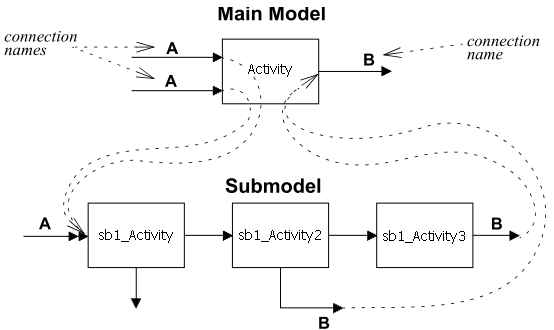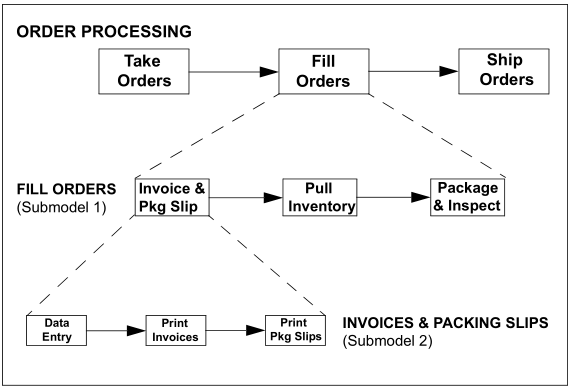
- #HIERARCHICAL AND SEQUENTIAL PROCESS MODELING TOOLS SOFTWARE#
- #HIERARCHICAL AND SEQUENTIAL PROCESS MODELING TOOLS SERIES#
#HIERARCHICAL AND SEQUENTIAL PROCESS MODELING TOOLS SOFTWARE#
SRS is useful if the software system is developed by the outside contractor.



Collaborations are identified and determined when a class can achieve each responsibility of it.Responsibilities are the attributes and operations that are related to the class.It consists of information about sub classes and super class. Class is an object-oriented class name.It provides a simple method for identifying and organizing the classes that are applicable to the system or product requirement.The CRS stands for Class-Responsibility-Collaborator.The operation monitors the objects for the occurrence of controlling an event.The operations manipulate the data like adding, modifying, deleting and displaying etc.The operations are characterized into following types: The operations define the behaviour of an object. Structures: The sensors, computers are defined a class of objects or related classes of objects.Īttributes are the set of data objects that are defining a complete class within the context of the problem.įor example, 'employee' is a class and it consists of name, Id, department, designation and salary of the employee are the attributes.Places: The manufacturing floor or loading dock from the context of the problem and the overall function of the system.Organizational units: The division, group, team are suitable for an application.Roles: The people like manager, engineer, salesperson are interacting with the system.
#HIERARCHICAL AND SEQUENTIAL PROCESS MODELING TOOLS SERIES#

It represents the behaviour of the system.A short term for control specification is CSPEC.An event is implemented as a boolean value.įor example, the boolean values are true or false, on or off, 1 or 0.The applications process the information in specified time.The application creates control information instated of reports or displays.Large class applications require a control flow modeling.It also called as 'context level diagram'. Transformation are represented by circles called as bubbles. The data objects are represented by labeled arrows.The data objects are flowing within the software and transformed by processing the elements.It is used to represent information flow. Flow Oriented ModelingIt shows how data objects are transformed by processing the function. Requirement modeling strategies Following are the requirement modeling strategies:Ģ.


 0 kommentar(er)
0 kommentar(er)
